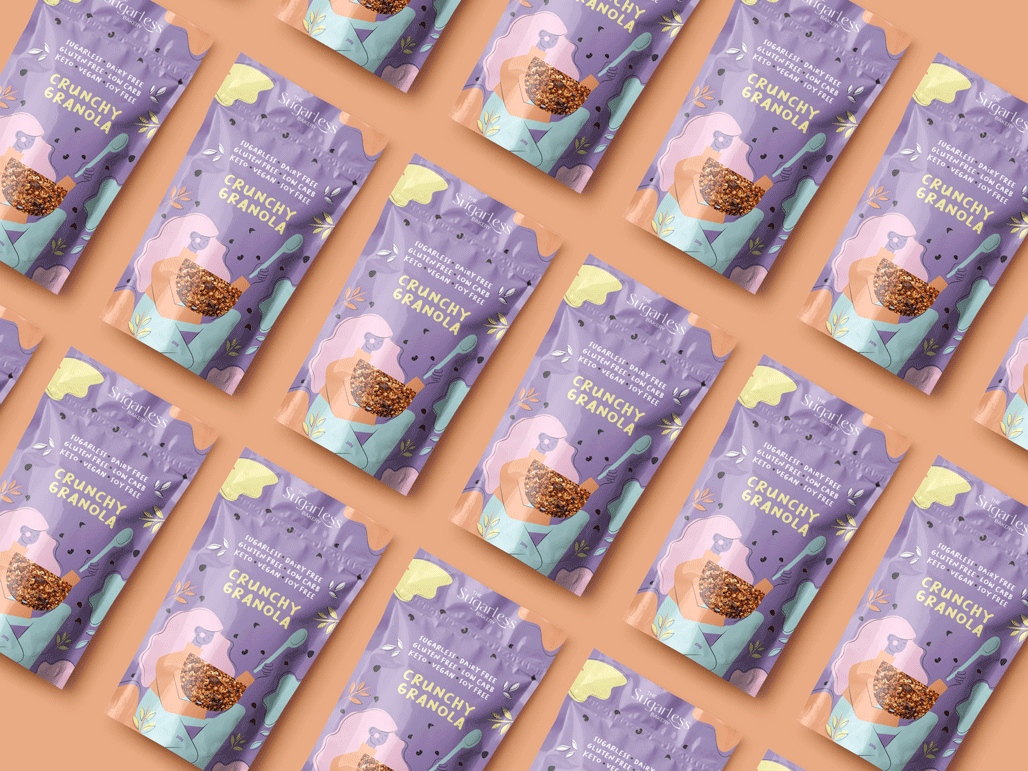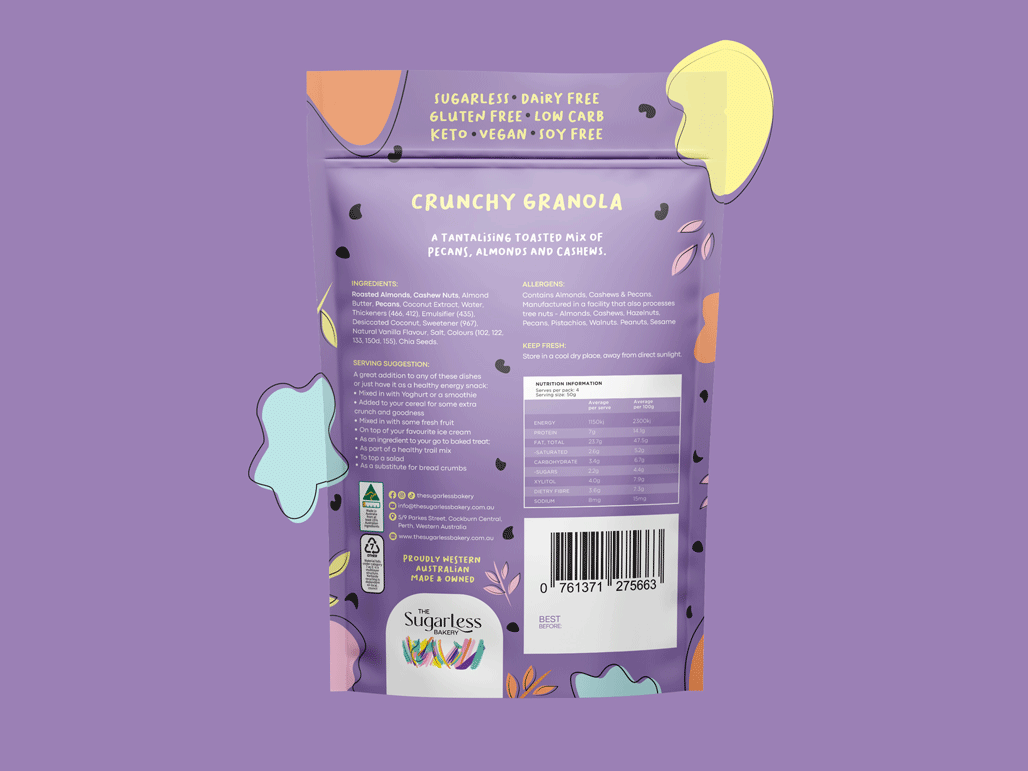The PACKAGING DESIGN Briefing Process
Designing packaging goes beyond aesthetics—it’s about creating a tangible brand experience that captures attention, communicates value, and supports the product from shelf to shipping. Just like a logo, packaging must reflect your brand identity while meeting functional, logistical, and legal requirements. To get it right, designers need a clear understanding of your business goals, product specifics, market positioning, and long-term vision.
A thoughtful packaging brief helps guide the design process, allowing us to develop creative, compliant, and commercially viable solutions that elevate your product and attract your target customer. This includes exploring your industry, competitors, shipping needs, and brand aspirations over the next 5–10 years.
Packaging design relies on two key elements: a Written Brief and a Visual Brief. Below, we’ve listed the questions and prompts we typically share to help you explore your packaging needs. These insights allow us to create packaging that’s not only visually appealing—but also functional, market-ready, and built to support your product’s success.
The Written PACKAGING DESIGN Brief
The below steps are a good starting point. Please don't stress, you dont need to answer all of these it is just some topics you may want to explore.
- What is your main brand entity? Also sub brand entity?
- Is this a new product or existing? (If existing, why are you updating the packaging?)
- What is the product being packaged?
- What size, volume, or quantity does the packaging need to contain?
- What needs to be considered with packaging? (Eg: fragile, perishable, shelf life, storage, transport considerations, protection or barrier requirments, safety, chemical composition, temperature, usability, ect)
- What materials would you prefer (e.g., cardboard, pouch, glass, plastic, recyclable)?
- Where and how will this product be sold (e.g., retail, online, markets, export)?
- Does the packaging need to stand upright, hang, be stackable or ship efficiently? (what space will a retail outlet allow?)
- Is there opportunities to leverage marketing growth with adding social media, education, influencers, uses, recipes, ect?
- Are there legal or compliance requirements (e.g., ingredients, weights, nutritional panels, barcodes, country of origin)?
- What brands or packaging examples do you admire? What do you dislike?
- Who is your target audience (age, gender, income, values, buying behaviour)? (Explore the users, purchaser, stockists)
- What differentiates your product from others on the market?
- Can you use different packaging to others in your sector? Do you have to be the same? Is there alternatives that stand out, can be more affordable or impacting?
- What’s the story behind your product or brand?
- What values or messages do you want the packaging to communicate?
- Where do you see your brand in 5–10 years? Will the packaging still work as you expand?
- Do you have an existing brand strategy, logo or colour palette we should follow?
- What words best describe your desired look and feel (e.g., luxurious, eco, bold, minimal)?
- Do you require multiple versions of packaging for a range of flavours/variants/sub brands/niche/ect?
- Are you planning to trademark or patent the packaging?
The Visual PACKAGING DESIGN Brief
Packaging design is a tactile and visual experience. While we bring strategy and expertise to the table, you bring your vision—and that’s just as important. Visual references can help bridge the gap between creative thinking and tangible outcomes.
Because words like “modern” or “eco-friendly” can mean different things to different people, we ask clients to collect 8–10 packaging examples they love (and a few they dislike). These could be from your industry or beyond. Sharing what you’re drawn to in structure, colour, finish, or font can help us understand what resonates with you—and design packaging that hits the mark.
Websites like images.google.com & www.pinterest.com or even supermarket shelves are great places to start. Screenshots or photos of materials, folds, seals, colours, and finishes (matte, gloss, foil, embossing, etc.) all help build a clearer picture.
An example of how the Visual Packaging Design Brief looks like:
ABOUT THE BRAND: The Sugarless Bakery is a health-conscious bakery specialising in guilt-free treats that don’t compromise on flavour. With a focus on low-carb and vegan-friendly options, the brand champions locally sourced ingredients and vibrant flavour profiles. Their granola range reflects the essence of indulgence without sacrifice—designed to nourish, energise, and delight.
LIKES: We are drawn to joyful, expressive packaging that radiates energy and health. Think hand-drawn illustrations, organic shapes, and vibrant, mood-boosting colour palettes. Typography should feel approachable yet refined—fun, friendly, and full of personality. Our target audience is mostly young women, so we want to see a feminine look and feel - more like a “cool girl style”. We’d love to see creative solutions that enhance shelf presence, such as cut-out windows or clever visual storytelling.
|
DISLIKES: Overly sterile or clinical designs are a no-go. We dislike muted palettes, bland layouts, and packaging that feels generic or lacks warmth. Designs that downplay the joy of food or feel disconnected from the customer experience don’t resonate with us. For this project, we also want to avoid photographs, sharp or square design elements, and rigid typographies. We’re not fans of dull colours, excessive white space, or minimalistic styles that lack character.
|
THE OUTCOME: For The Sugarless Bakery’s granola packaging, we created a design that captures the brand’s spirit—vibrant, wholesome, and innovative. The pouch features a joyful character holding a bowl, which cleverly serves as a transparent window into the product. Paired with hand-drawn illustrations and a curated colour palette drawn from the brand’s visual identity, the design strikes a balance between playfulness and practicality. The final result is packaging that reflects the values of health, flavour, and visual delight—designed to stand out on the shelf and spark joy to its audience. It also sets the foundation for future product extensions, allowing for a unique character to be developed for each new item the brand releases.
|
|
Some DO's:
- Think Long-Term: Choose a design that will grow with your brand.
- Plan for Practicality: Make sure it suits storage, shipping, and shelf display.
- Know Your Legal Requirements: Barcodes, ingredients, nutritional info, and country of origin labels all matter.
- Stay On-Brand: Ensure colours, fonts and tone align with your identity.
- Keep It Clear: Your customer should understand what the product is at first glance.
- Prioritise Sustainability: Where possible, choose eco-friendly options that also appeal to modern consumers.
Some DOn'ts:
- Don’t Copy Competitors: It’s better to stand out than blend in.
- Don’t Overcomplicate: Too many colours, messages, or finishes can overwhelm.
- Don’t Ignore Function: A beautiful box that’s hard to open or doesn’t stack well won’t serve your business.
- Don’t Skip the Brief: Rushing to design without clarity leads to costly reprints or confusion down the track.
- Don’t Forget Future Plans: Choose a design system that can adapt to product lines, sizes, or international sales.
The packaging design briefing process is a crucial step in building a successful, sellable product. With a strong written and visual brief, we can create packaging that doesn’t just sit pretty—but works hard for your brand. From first impressions to long-term scalability, thoughtful packaging can transform your product into a shelf standout and customer favourite.
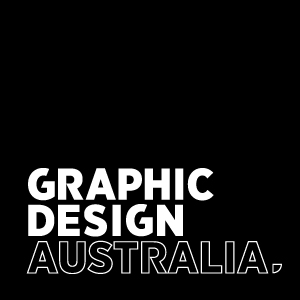

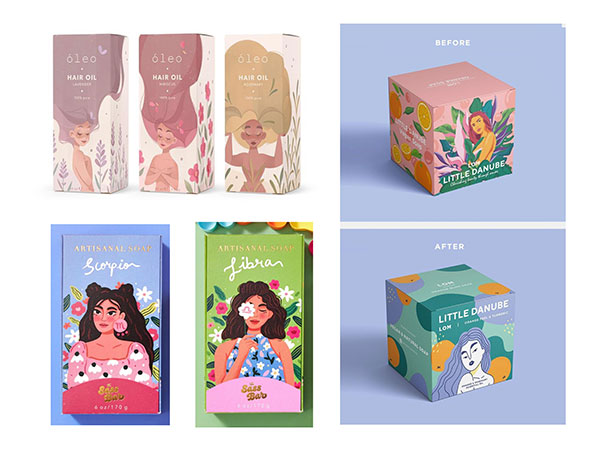

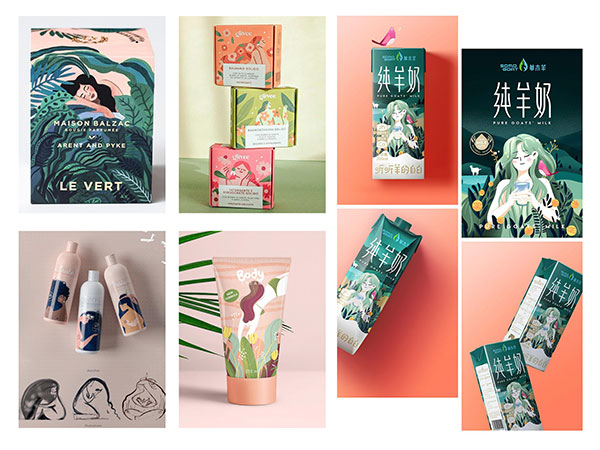
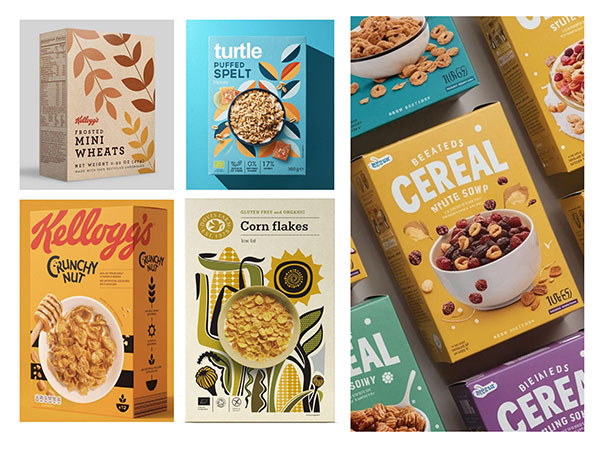
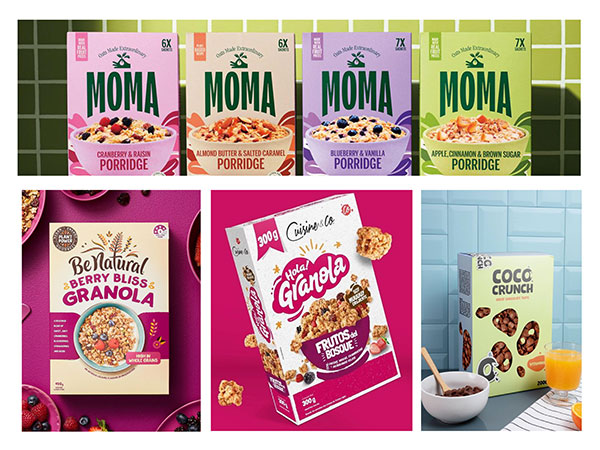
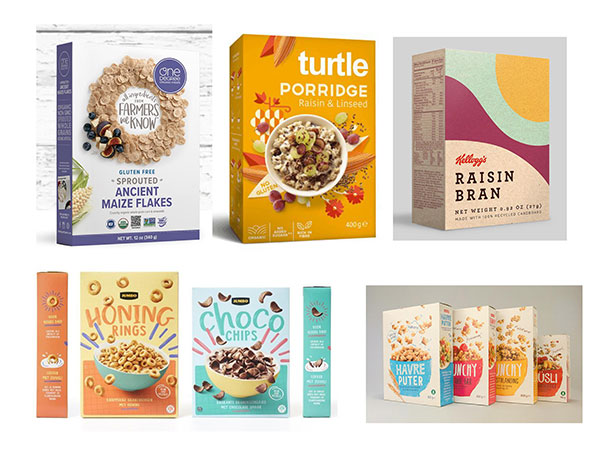
.gif)



